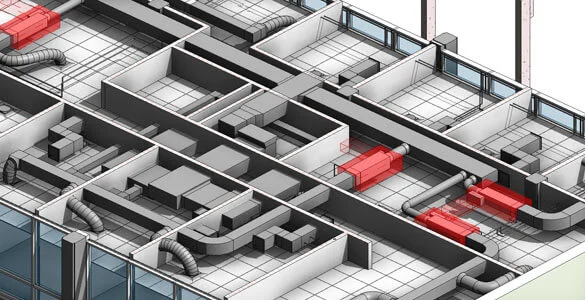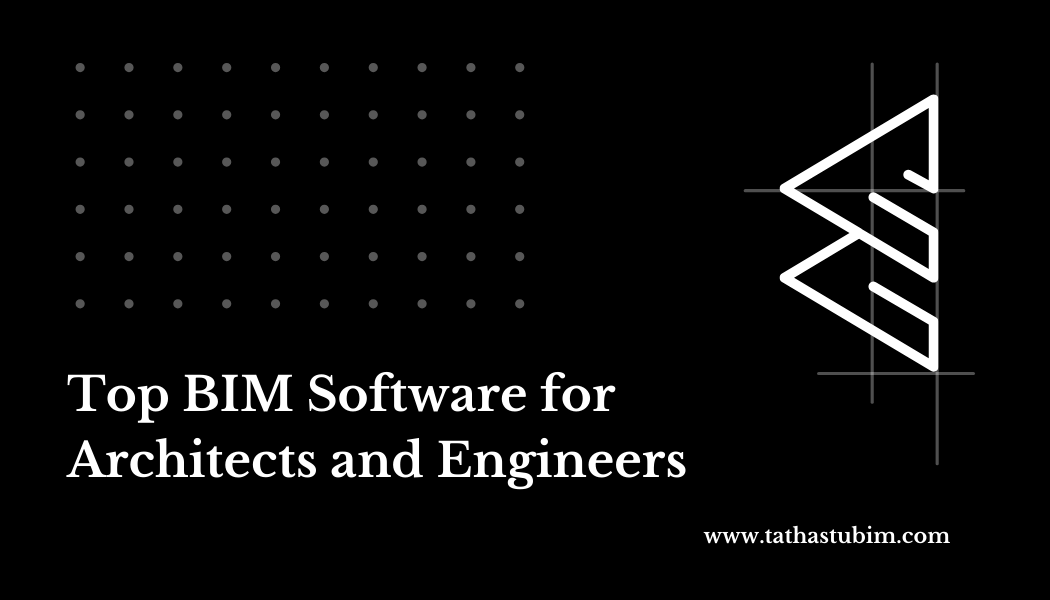


Clash detection - Why and How?
The AEC industry is complex, It is required better communication and Coordination between all stakeholders. In the 21st century, Things work differently compared to the previous era. More stakeholders and large constructions mean more complex things.
As a result, the whole building design and construction ecosystem are challenged to meet deadlines. For such a design, accuracy and precision are essential.
The BIM model is made of several models integrated into one master model. After all the detailers such as architects, engineers, plumbing, electrics, etc have prepared their models and integrated them into one model, the next step is clash detection. There may be overlapping elements, inconsistencies, etc. arising from the integration of several models. Using BIM these inconsistencies and overlapping can be detected and resolved. This ensures that the project is error free and can be integrated smoothly.
Often, employees are only briefly trained on BIM software, which is not enough for handling large-scale projects. Training tailored to the industry and process is necessary for first-time BIM adopters to avoid wasting time, and money, and not being prepared to use the new technology.
Making the right investments is achieved by recommending the right steps and guiding companies through best practices. Our partnership with companies allows them to maximize their project’s potential using BIM.
Detection
Level 2 BIM produces federated models using coordinated data and a master model based on those models. When BIM integration tools and software are used to collaborate models, BIM modelers check for incompatibilities.
There is increasing advancement in clash detection software, which allows users to check for clashes within certain subsets, such as clashes between architectural elements and structural beams and columns, clashes between ducts, or clashes between plumbing elements. Vibrant colors are used to identify clashes between elements.
It will however always be permitted for symmetrical clashes to occur, like ceiling lights and pipes encapsulated within walls. These clashes can be prevented from being detected by software rules based on embedded object data. The level of detail in BIM modeling plays an important role in detecting clashes, therefore.
An analysis of clash detection produces a clash report that usually contains multiple copies of the same problem. The collision of one length of piping with five beams appears to result in five clashes, yet it is resolved when one issue (pipework placement) is corrected. A crucial component of the BIM process is reviewing and resolving design disputes. In order to create a clash-free, well-coordinated BIM model, these automated procedures must be part of a larger design Coordination process.
It is possible to detect clashes with different types of processes including 4D BIM Clash, Soft Clash, and Hard Clash, which can significantly improve the project performance and reduce the possibility of rework.
- Hard Clash: This occurs when two elements share the same location based on semantic or geometric relationships, as well as an algorithm based on existing information applied to BIM elements.
- Soft Clash: When there is not enough spatial or geometric tolerance to facilitate maintenance after construction, the clash occurs.
- Workflow Clash, or, 4D Clash: It occurs when there is a conflict between equipment, material delivery schedules, schedules of contractors, and general workflow timelines.
Tathastu BIM is known for its clash detection service, with a team of professionals, and within the timeline, we provide projects with satisfaction and accuracy.
Popular Posts





